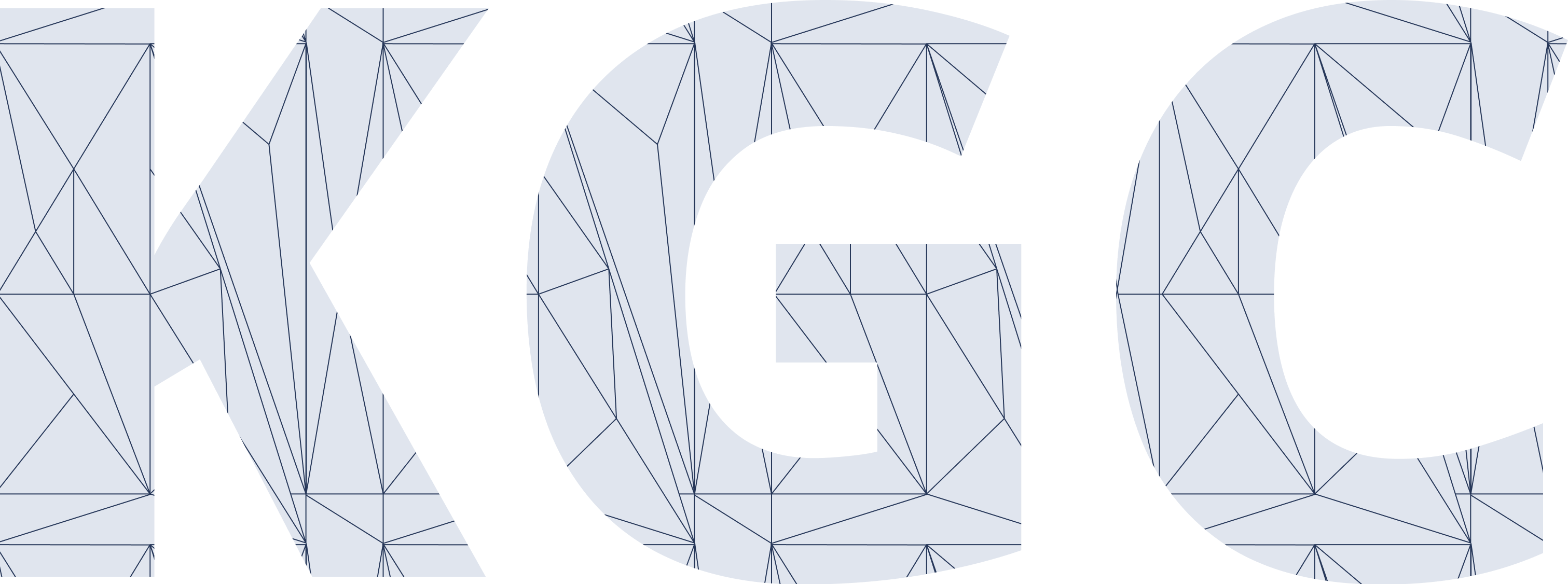Tony Seale
UBS
Knowledge Graph Engineer
Biography
An experienced software architect and polyglot programmer with a proven track record of successfully delivering Knowledge Graphs into production for Tier 1 investment banks.
I can guide the creation of Enterprise Knowledge Graph architecture. I have deep knowledge of the relevant technologies (data pipelines, triplestore optimisation, API and service design, graph neural networks, and graph visualisation) and the soft skills required to lead development teams and interface with stakeholders at all levels.
I have been exclusively focused on building decentralised Knowledge Graphs for the last ten years and I have given talks, produced videos and written articles to promote the technology.
Talks and Events
Embrace Complexity
Built correctly, an organisational Knowledge Graph can combine the power of data, the cloud, and AI in one unified structure.
This talk will outline four main contentions:
• Networked Data. That network-shaped data can model complex structures including circular feedback loops and abstract models, and that networks (or graphs) make the connections between things as important as the things themselves.
• Networked Cloud. That the network-shaped cloud of connected computers means that ALL the important data in an organisation can be joined together regardless of where that information is stored. Moreover, it states that an organisation’s Knowledge Graph is not just one big centralised database, but rather a distributed and interconnected ecosystem.
• Networked AI. That networked-shaped AI lets us make predictions about connections, loops and abstractions and embed the generated insights directly back as an integral part of the Knowledge Graph. And that this very active branch of machine learning is starting to outperform ‘traditional’ AI in complex tasks.
• Unified Network. And finally, it states that these three networks (data, cloud & AI) can be joined into one Knowledge Graph that has the powers of each component but is also more than just the sum of those parts.
The task will then ground this in reality by outlining three practical tools:
• The Graph Adapter. Which sits on top of the existing databases, APIs and files in your organisation and converts 2D sets of tabular data into 3D graphs of data. The key intuition here is that the underlying databases, files and APIs do not need to change — the adapter just exposes a network-shaped layer on top of all other data structures.
• The Data Service. Which is a specialisation of an existing and well-established architectural pattern called a microservice (but where data itself is treated as a first-class citizen). An individual data service can use the graph adapters to publish graph fragments into the cloud using an HTTP server. Each data item is given a unique resolvable network address in the form of a URL. The data services (or Data Products) combine to form a peer-to-peer network (or Data Mesh).
• The Graph Neural Network. This allows each data service to mirror the passive graph-shaped data with an active graph-shaped machine learning model that gives each node the potential to also learn and predict. The data service publishes these learned node embeddings back into the network as pure data.
The talk aims to provide a vendor agnostic architectural blueprint that can be used by any organisation to start building their own Decentralised Knowledge Graph.
Track: Data Architecture
Session Topics:
- Data Architecture
